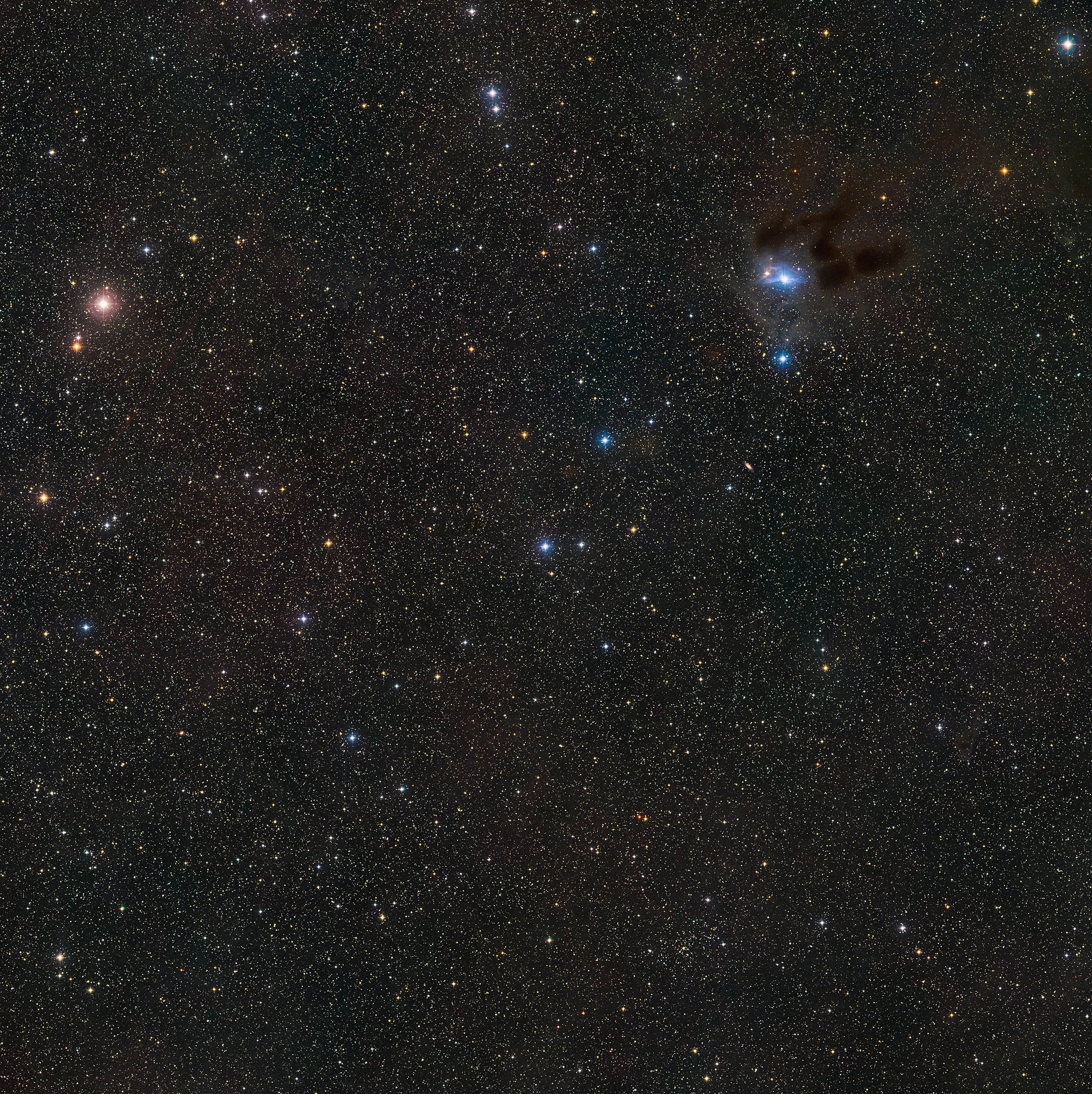Astronomers from the European Southern Observatory have used the Atacama Large Millimeter/submillimeter Array (ALMA) to observe the protoplanetary disk surrounding a young star, revealing the presence of complex organic molecules that represent the building blocks of life. The findings mark the first time that such a discovery has been made.
The new observations focused on the star system MWC 480, located some 455 light-years from Earth. Just one million years old, the star is around twice the mass of the Sun, and is in the very early stages of development, having only recently emerged from a stellar womb of gas dust, and with no signs of planet formation yet detected.
The ALMA observations revealed large volumes of the complex, carbon-based molecule methyl cyanide, as well as hydrogen cyanide. They were found in the outer reaches of the star's disk – a region thought to be similar to the Kuiper Belt, which resides beyond the planets in our own Solar System.
The detected molecules contain carbon-nitrogen bonds essential in the formation of amino acids that are, in turn, the foundation of proteins. Through the study of comets, we know that similar molecules were present during the same stage of development in our own Solar System, and in similar concentrations observed in MWC 480's protoplanetary disk.
ALMA was able to make the discovery by scouring the system for telltale millimeter wavelength radiation that's naturally emitted by the molecules. The findings have significant implications regarding the existence of life in the wider Universe.
"From the study of exoplanets, we know the Solar System isn't unique in its number of planets or abundance of water," said Karin Öbery of the Harvard-Smithsonian Center for Astrophysics. "Now we know we're not unique in organic chemistry. Once more, we have learned that we're not special. From a life in the Universe point of view, this is great news."
The observations were carried out before the telescope had reached its full operational capacity, meaning that only a portion of the array's 66 telescopes were used to carry out the observations. It's believed that further study using all available arrays will lead to a more detailed understanding of the composition of the MWC 480 and similar protoplanetary disks, increasing our knowledge of both star and planet formation.
The findings of the study have been published in the journal Nature.
Source: ESO





